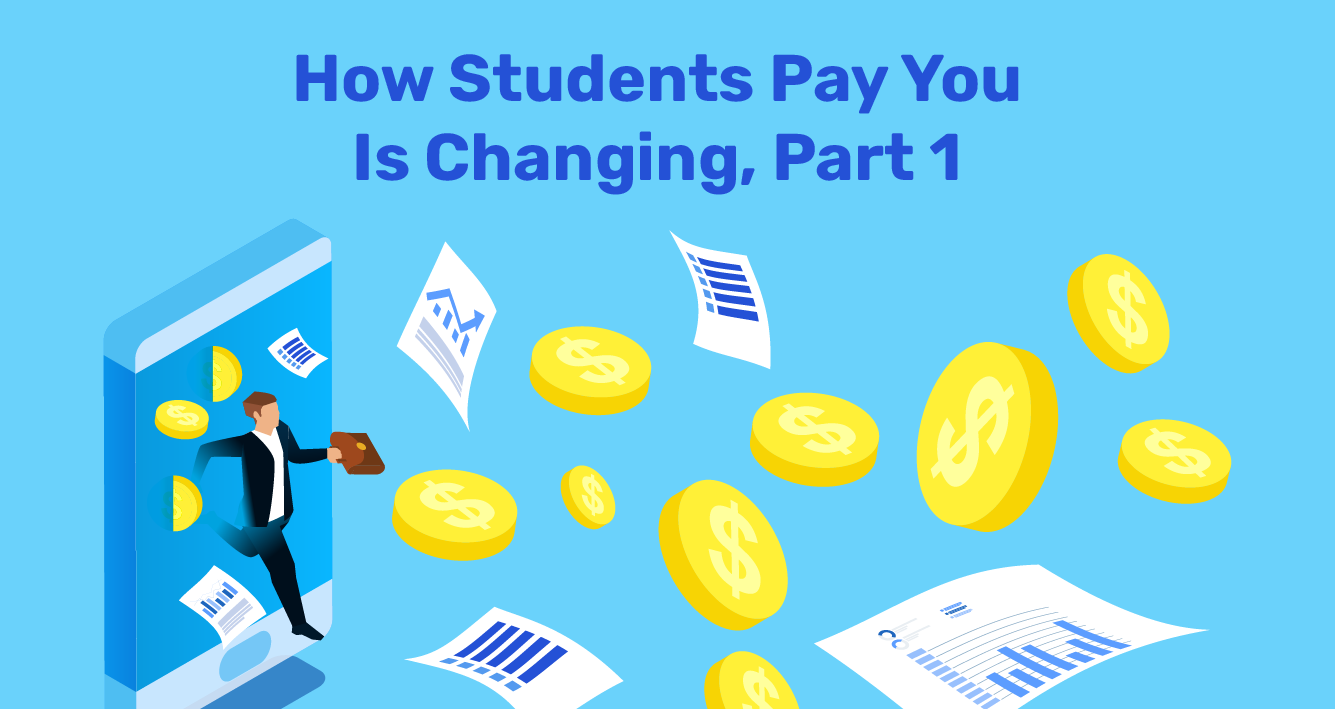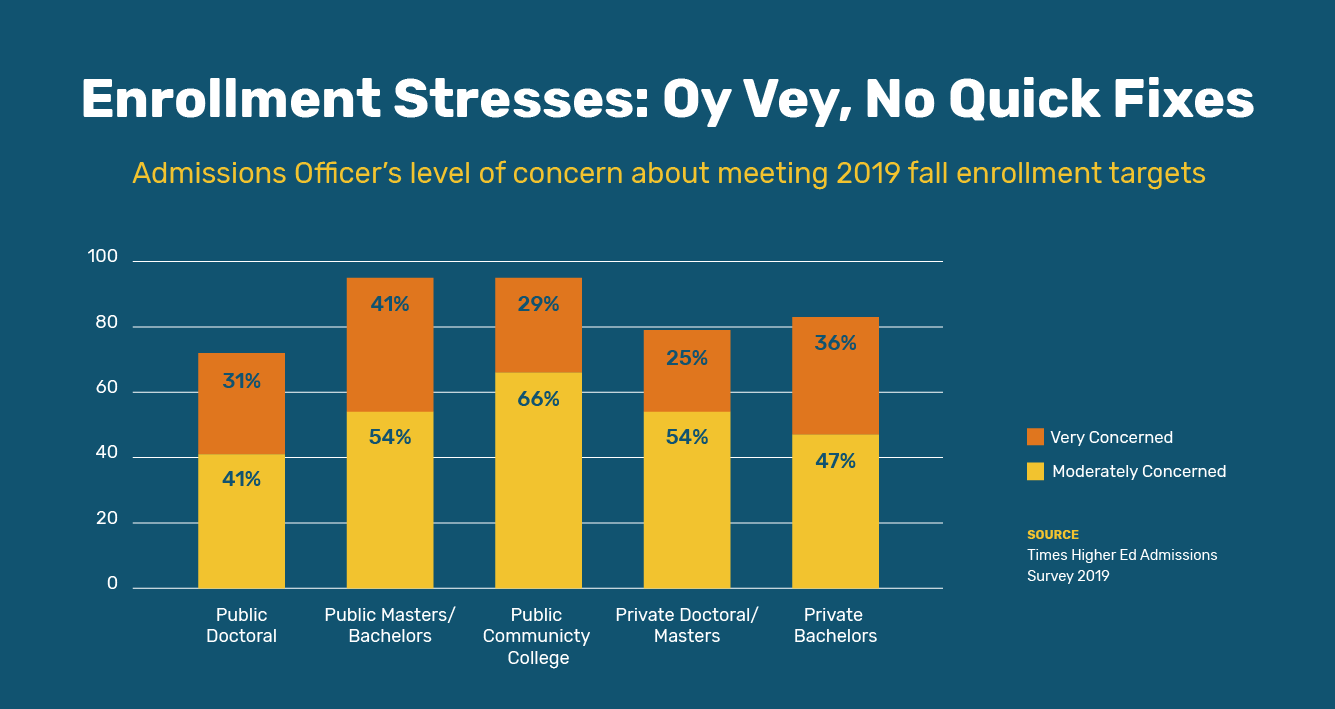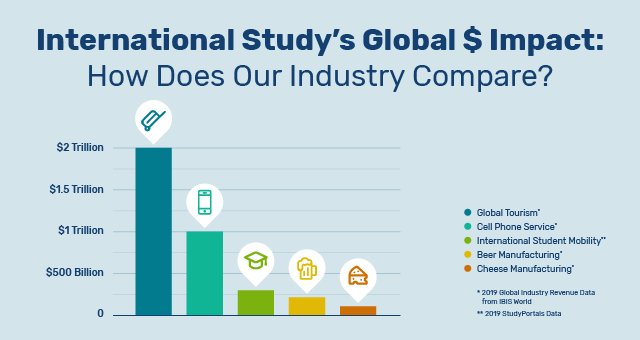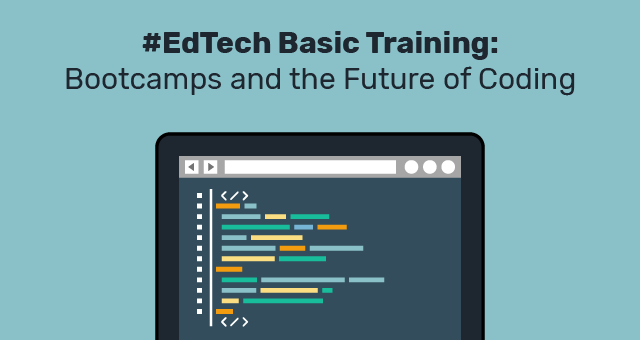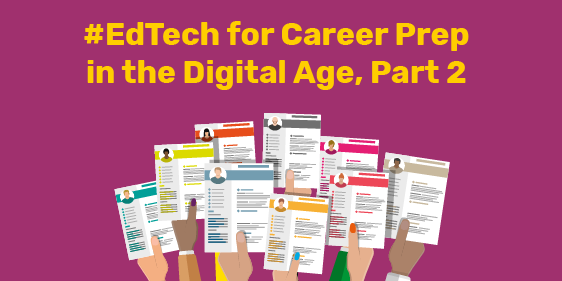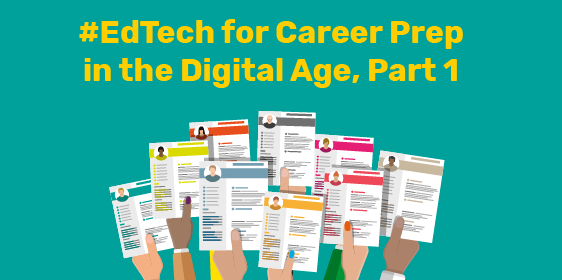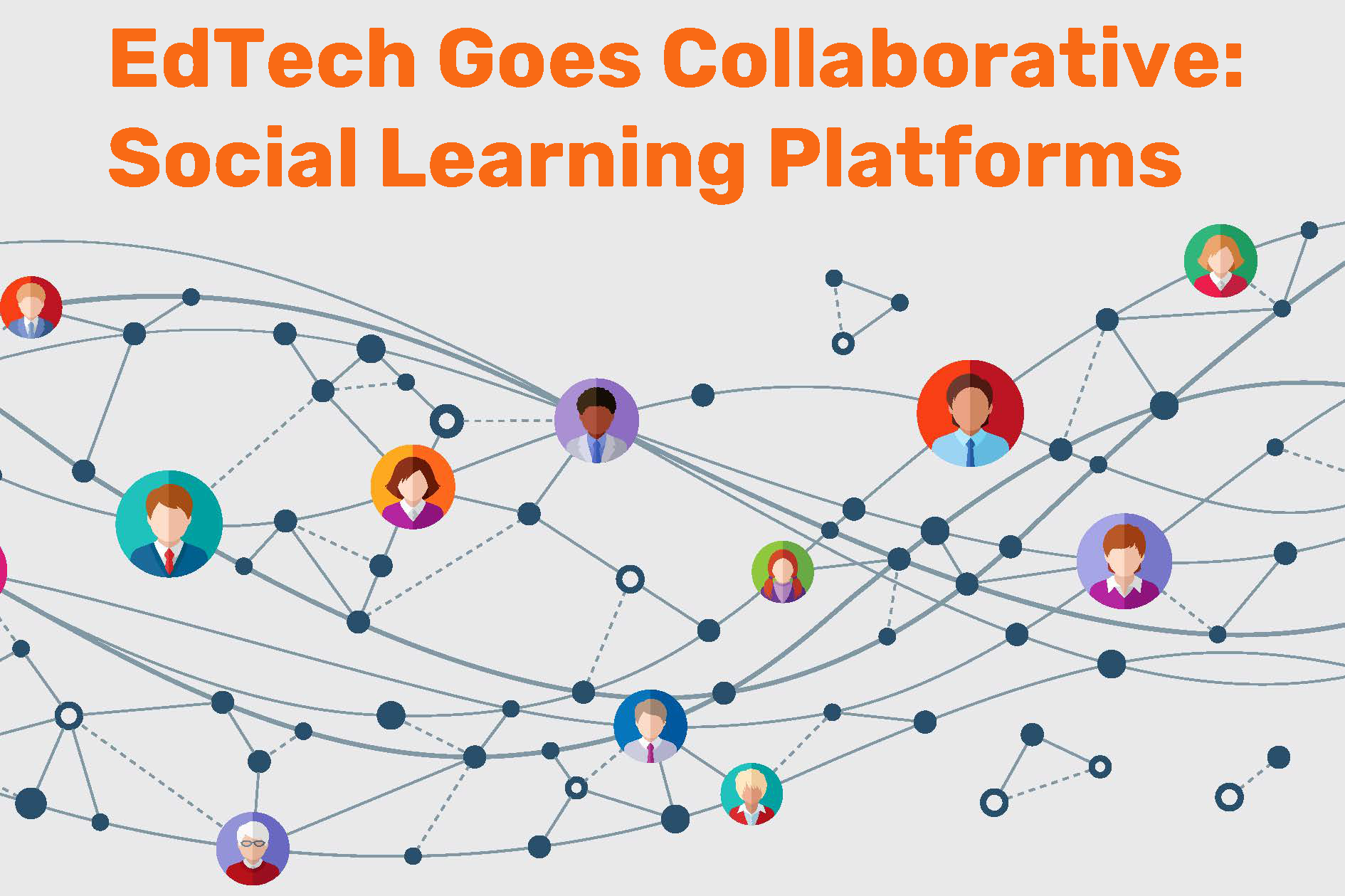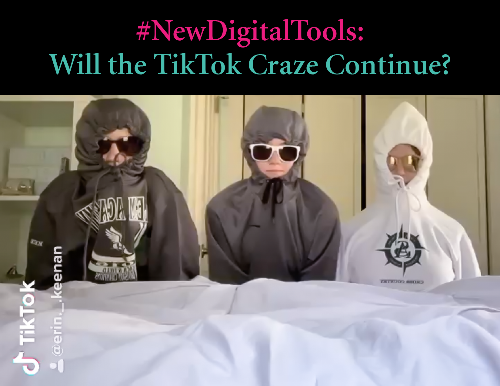This week we continue our three-part series on #FinTech, where we’re exploring how money for college can be found and moved faster, safer, and smarter, alleviating some of the headache for students, their families, and even for administrators. This is part of our focus on all things #EdTech.
Last week, we dove into new student loan options, especially for students from underserved demographics, those looking for socially conscious financing, those who want unique repayment terms, and international students seeking financing. If you didn’t get a chance to read it, you can check it out here.
A quick shoutout to NAFSA's latest issue of International Educator. It was in our mailbox this week and it should be available online soon. Great articles on priority topics: student services, student employment opportunities and Intead's and iSchoolConnect's article about artificial intelligence and chatbots. Great stuff well worth the read.
With 3 new Intead student recruiting research reports headed your way, now is a great time to consider an Intead Plus Bookshelf subscription. Don’t miss these valuable reports to help you improve your institution’s recruitment game:
- Student Interactions on Peer-to-Peer Recruiting Platforms
- Student Interactions with Chatbots and other Artificial Intelligence Tools
- Student Recruiting in Emerging Markets: Africa and Latin America
Or you can learn from us with a personal meeting: we will be discussing our latest research and presenting our student recruitment insights at the upcoming TABS, ICEF and AIRC conferences. Email us to set up a meeting.
Now a look at alternative funding sources. Read on to find out what exists outside of student loans.
Read More

